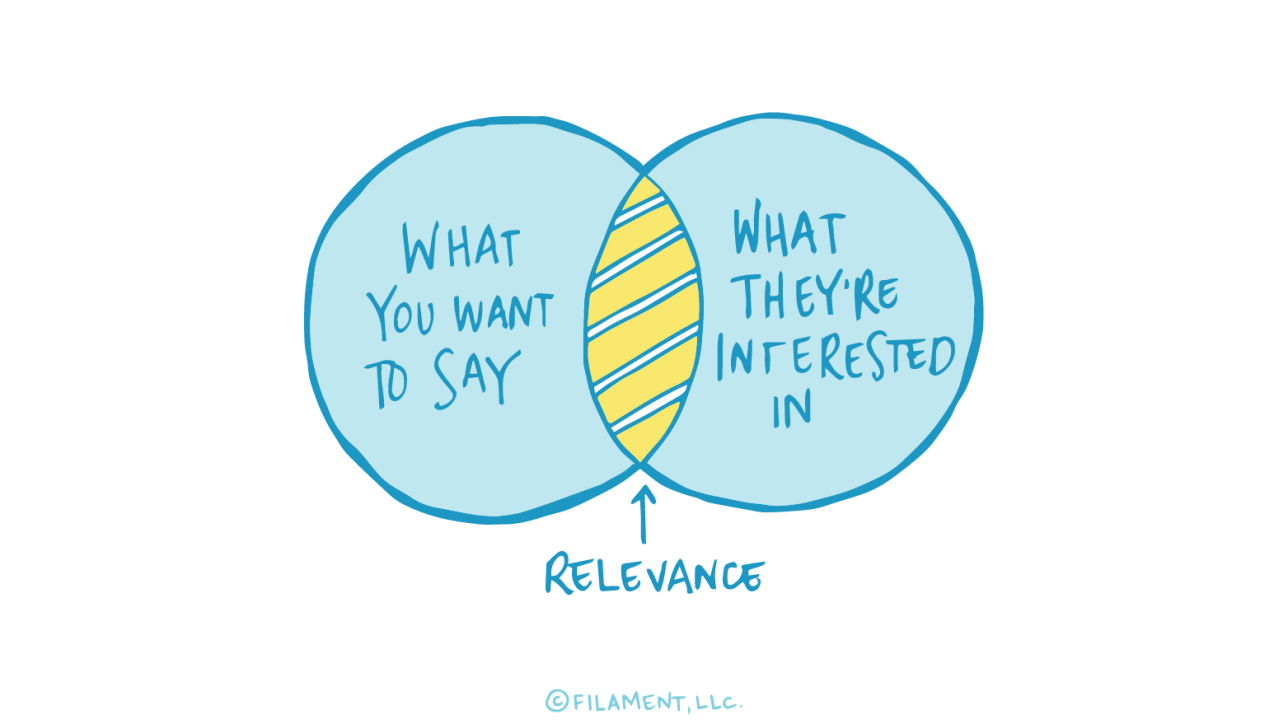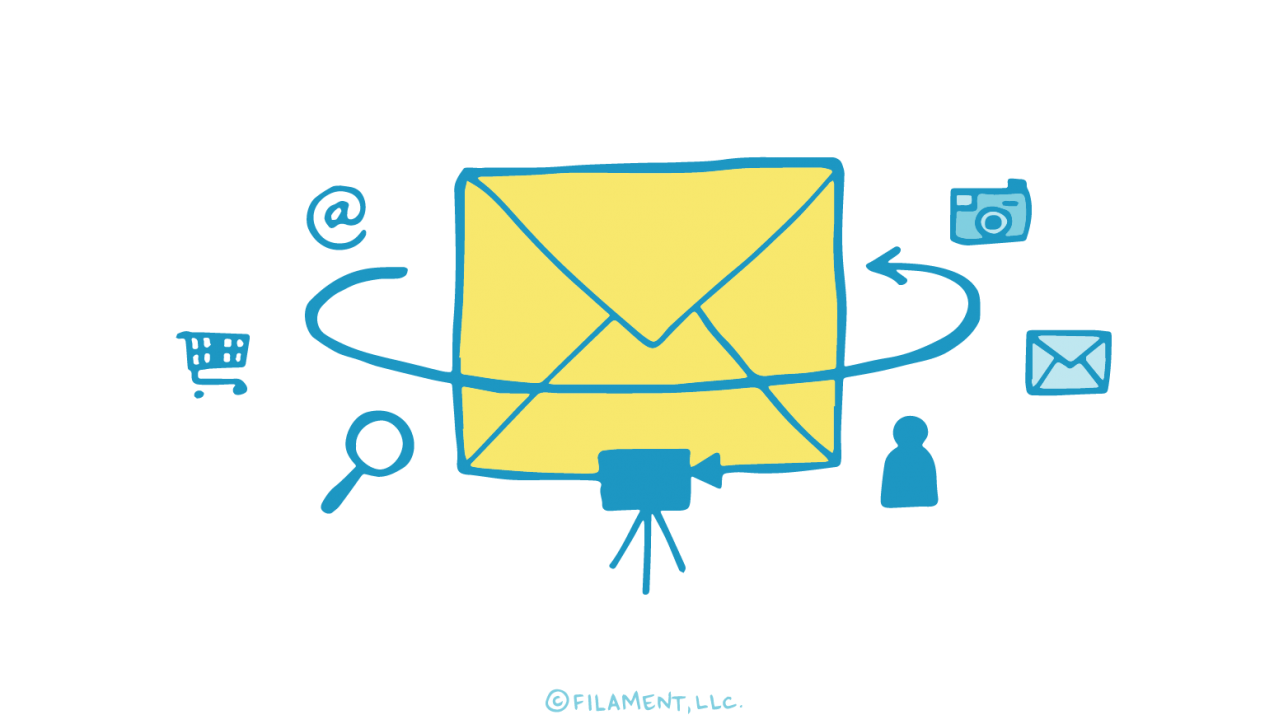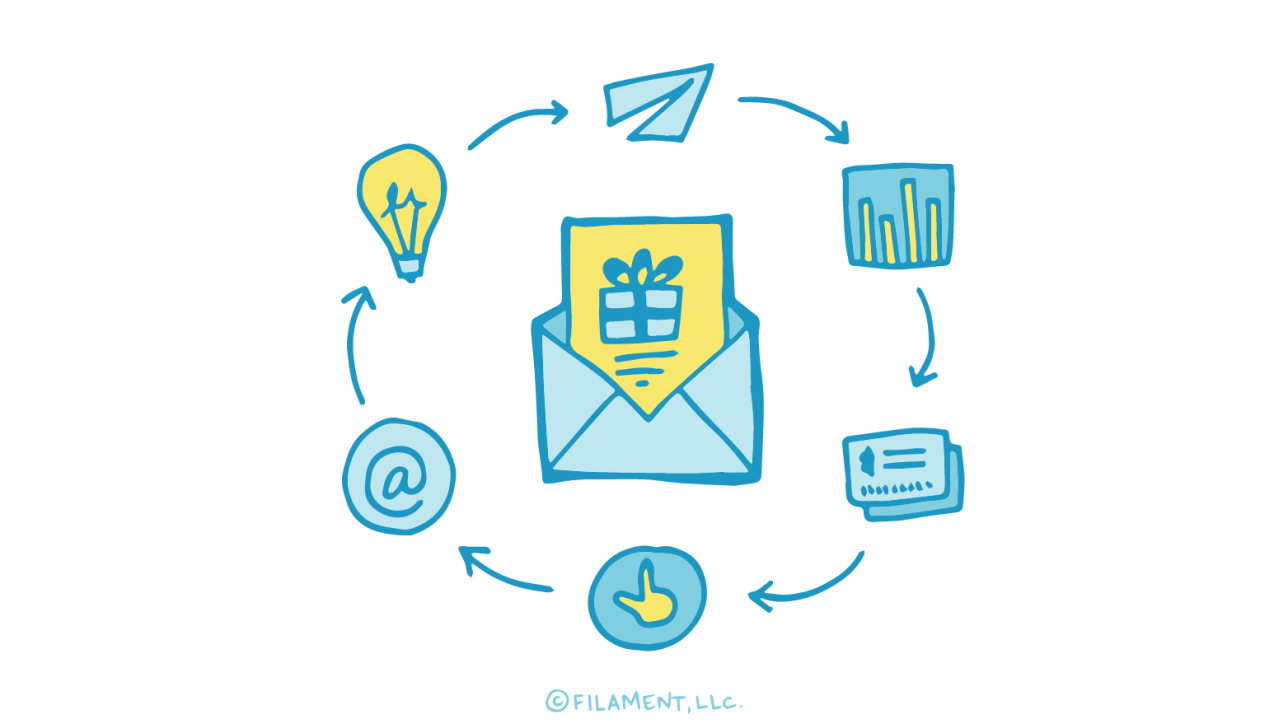If you’re one of the bajillions of people to whom social media matters for any reason, you probably reacted when you heard about the latest Instagram changes.
Maybe you just rolled your eyes in that here-we-go-again manner that you do so well. Maybe you added your @handle to the petition in defiance of the Insta-audacity of it all. Maybe you #hashtagged your feelings to the world everywhere but Instagram. Maybe you just exited your IG account and put your phone down and refused to look at it again for, like, an hour or something.
You probably didn’t like the changes that were being ‘grammed and tweeted and posted. Maybe you’ve come to appreciate the continuity of seeing things from the accounts you choose to follow. And, maybe you like seeing things as they’re posted rather than hours or days later, if at all. And maybe you want to keep seeing those things whether or not you choose to interact with every single post.
The point is, you probably came to expect certain things from Instagram that you can’t get elsewhere.
Now what do you do?
Well, you could take what you’re learning from this looming Insta-fiasco and make sure it doesn’t happen with your brand.
Instagram, like its parent, Facebook, are businesses. As such, they have to do certain things in order to run the businesses successfully. Sometimes those things aren’t very popular with their “customers.”
Sound familiar?
The Catch 22 of successful business is that everything has to benefit the bottom line. But, you also need to provide benefits for the people who are buying whatever you’re selling.
Instagram certainly knows this…
And so should you.
We’ve talked about achieving marketing synergy in the past. And a big part of synergy is making sure we connect organically.
We can’t just broadcast messages… We also have to receive. In fact, much like Instagram appears to be doing in the tweet above, we need to make sure our customers know we’re receiving.
We have to get personal with social media. Really personal.
When our customers speak, we have to listen. Whether they have good things to say or not, we need to let them know we hear them. And somebody, somewhere in your organization has to be keeping track of what’s being said and what’s being done about it.
If you want to make sure your social media matters, you have to encourage interaction. In fact, you have to lead interaction. Respond. Like. Offer a thumbs up or another emoticon (if you must… words are still best).
And when people begin to expect a certain kind of interaction from your brand, your brand will get a lot more interaction in return. Social media matters. And to make sure your customers know that it matters to your brand, you have to be out there shouting your brand’s voice from the mountain tops.
Whether you’re into Instagram or not, we hope the importance of authenticity comes through. From this experience, we expect to hear a lot more about how Instagram is listening to its “customers”. And not just the ones who are buying ads!
If you’re struggling with how to make sure your social media matters, call us. We’ll help you make sure it does!
















